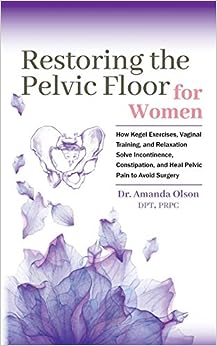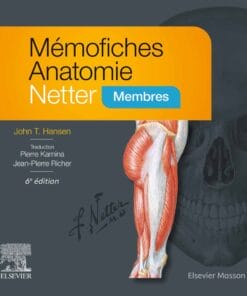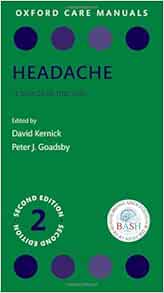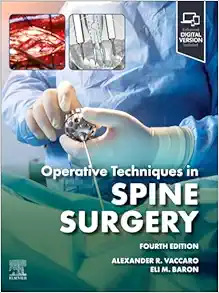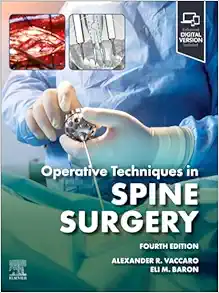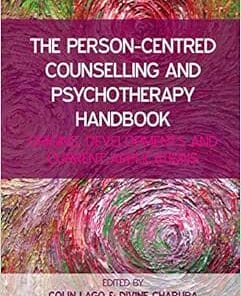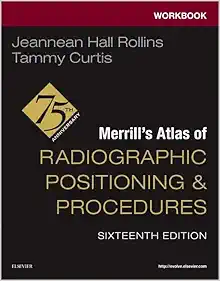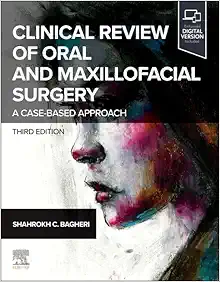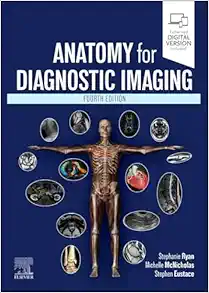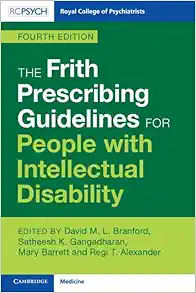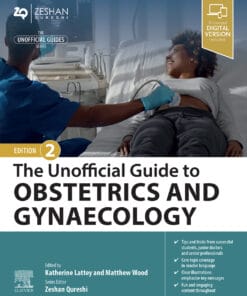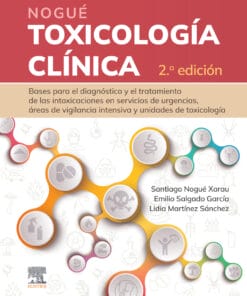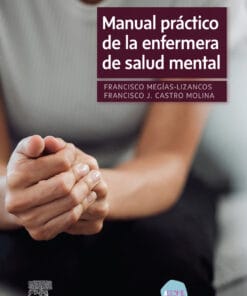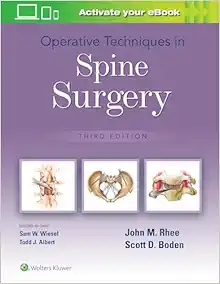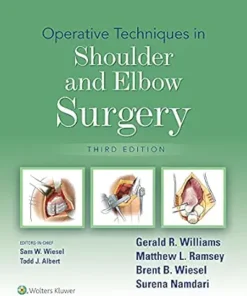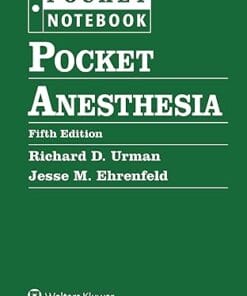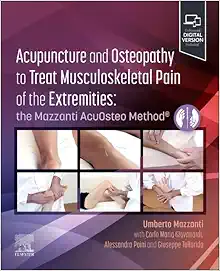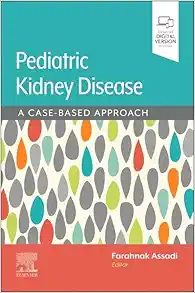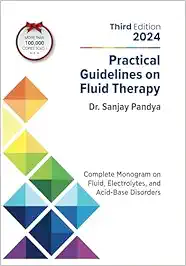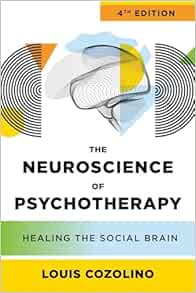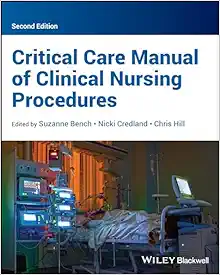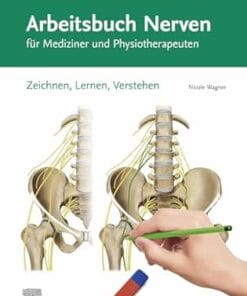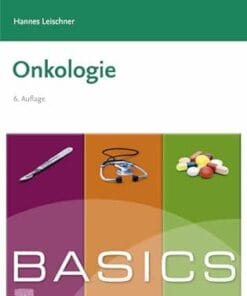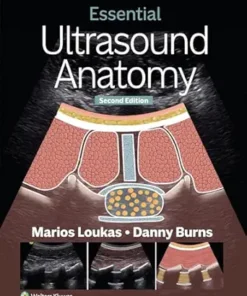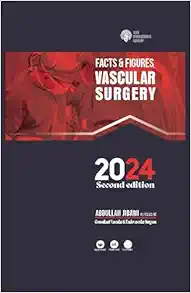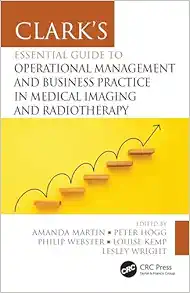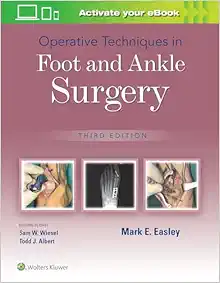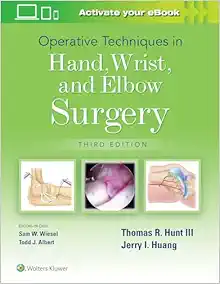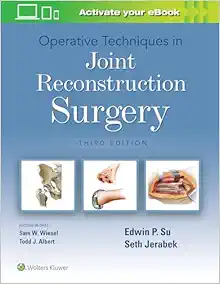Restoring The Pelvic Floor: How Kegel Exercises, Vaginal Training, And Relaxation, Solve Incontinence, Constipation, And Heal Pelvic Pain To Avoid Surgery (AZW3 + EPUB + Converted PDF)
5 $
Format : AZW3 + EPUB + Converted PDF
File Size : 3.7 MB
“Restoring The Pelvic Floor” by Dr. Amanda A. Olson is a comprehensive guide that offers practical advice on managing and improving conditions affecting the pelvic floor. The book covers topics such as urinary incontinence, pelvic pain, and pelvic organ prolapse, and provides actionable guidance and real-world examples. It focuses on natural remedies and includes product recommendations. The book is geared towards women experiencing pelvic floor issues and is also beneficial for healthcare providers. Overall, it is a valuable resource with a 5 out of 5 star rating.
Restoring The Pelvic Floor: How Kegel Exercises, Vaginal Training, And Relaxation, Solve Incontinence, Constipation, And Heal Pelvic Pain To Avoid Surgery
Understanding the pelvic floor and common issues
The pelvic floor is a group of muscles that support the bladder, uterus, and rectum. It is essential for maintaining proper bowel and bladder function, as well as sexual health. Pelvic floor disorders occur when the muscles become weak or damaged, leading to a range of symptoms [1]. Causes of pelvic floor disorders can include pregnancy and childbirth, obesity, chronic coughing, and aging [2]. It is important to understand the common symptoms of pelvic floor disorders to seek treatment promptly and avoid surgical intervention.
Common symptoms of pelvic floor disorders include incontinence, constipation, and pelvic pain. Incontinence refers to the involuntary loss of urine or feces, which can be embarrassing and disruptive to daily life. Constipation is characterized by difficulty passing stool, straining during bowel movements, and a sense of incomplete evacuation [3]. Pelvic pain can be experienced during intercourse or daily activities and can be caused by muscle spasms or nerve damage [2]. Fortunately, there are non-surgical solutions available to address these symptoms.
Kegel exercises, vaginal training, and relaxation techniques are effective ways to restore the pelvic floor and alleviate symptoms of pelvic floor disorders [4]. Kegel exercises involve contracting and relaxing the pelvic floor muscles to strengthen them [5]. Vaginal training, such as the use of vaginal dilators, can help stretch and strengthen the pelvic floor muscles [2]. Relaxation techniques, such as diaphragmatic breathing and down-training the pelvic floor, can help alleviate pelvic pain and improve muscle coordination [2]. These non-invasive methods can help individuals avoid surgery and improve their overall quality of life.
Nonsurgical approaches to restoring the pelvic floor
Restoring the pelvic floor without surgery is possible through various nonsurgical approaches. One such approach is Kegel exercises, which help to strengthen the pelvic floor muscles. Kegel exercises involve contracting and relaxing the pelvic floor muscles, which can improve bladder control and prevent urinary incontinence [6]. Pelvic floor exercises can be done by both men and women, and they are particularly beneficial for women who have given birth or are going through menopause. By incorporating Kegel exercises into daily routines, individuals can improve their pelvic floor health and avoid the need for surgery [7].
Another nonsurgical approach to restoring the pelvic floor is vaginal training. Vaginal dilators are used to stretch and strengthen the vaginal muscles, which can improve pelvic pain and discomfort [2]. Vaginal training can also help individuals with incontinence and constipation by improving the strength and function of the pelvic floor muscles. This technique is particularly useful for women who have experienced trauma to the pelvic area, such as childbirth or surgery. By working with a healthcare provider to develop a personalized vaginal training plan, individuals can improve their pelvic floor health and avoid surgery [7].
Finally, relaxation techniques can also be used to restore the pelvic floor without surgery. Stress and tension can cause the pelvic floor muscles to tighten and become painful, leading to incontinence, constipation, and pelvic pain. Relaxation techniques such as deep breathing, meditation, and yoga can help to reduce stress and tension in the pelvic area, which can improve pelvic floor health [8]. By incorporating relaxation techniques into daily routines, individuals can improve their pelvic floor health and avoid the need for surgery [9].
The benefits of nonsurgical approaches over surgery
Pelvic floor disorders, such as incontinence, constipation, and pelvic pain, can be effectively treated through nonsurgical approaches, such as Kegel exercises, vaginal training, and relaxation techniques. These approaches offer several benefits over surgery. One of the most significant advantages is a reduced risk of complications [6]. Surgery is often associated with various risks, including infection, bleeding, and anesthesia-related complications. In contrast, nonsurgical approaches are generally safe and have a low risk of complications.
Another advantage of nonsurgical approaches is their cost-effectiveness. Surgery can be expensive, and the costs can add up quickly, especially if complications arise. In contrast, Kegel exercises and other nonsurgical techniques are relatively inexpensive and can be done at home without the need for expensive equipment or medical supervision. This makes them a more accessible option for individuals who may not have the financial means to undergo surgery [10].
Finally, nonsurgical approaches offer long-term benefits that can significantly improve the quality of life of individuals with pelvic floor disorders. Kegel exercises, for example, have been shown to be effective in preventing and treating urinary incontinence and other pelvic floor problems [11]. Additionally, pelvic floor muscle training has been found to be effective in preventing and treating incontinence during pregnancy and after birth [12]. These approaches can also be combined with other techniques, such as electrotherapy and biofeedback, to further enhance their effectiveness [13]. Overall, nonsurgical approaches can provide individuals with a safe, cost-effective, and long-term solution to pelvic floor disorders, improving their quality of life and avoiding the need for surgery [1].
Product Details
- Publisher : Amanda Olson DPT; 1st edition (September 18, 2018)
- Language : English
- eBook Digital : 156 pages
- ISBN-10 : 0692192174
- ISBN-13 : 978-0692192177
Related Products
Medical Book
Medical Book
Medical Book




